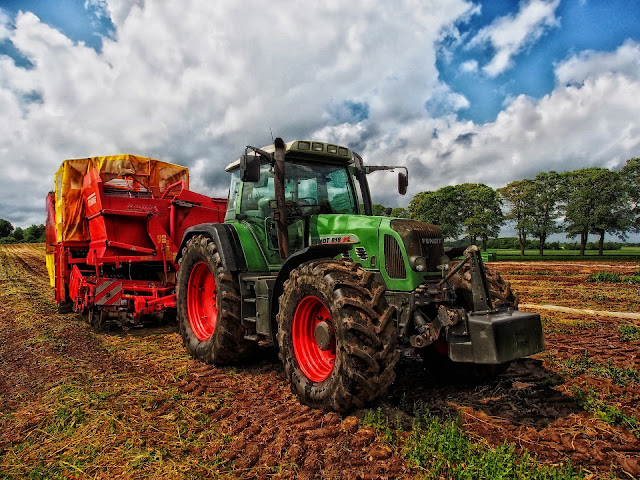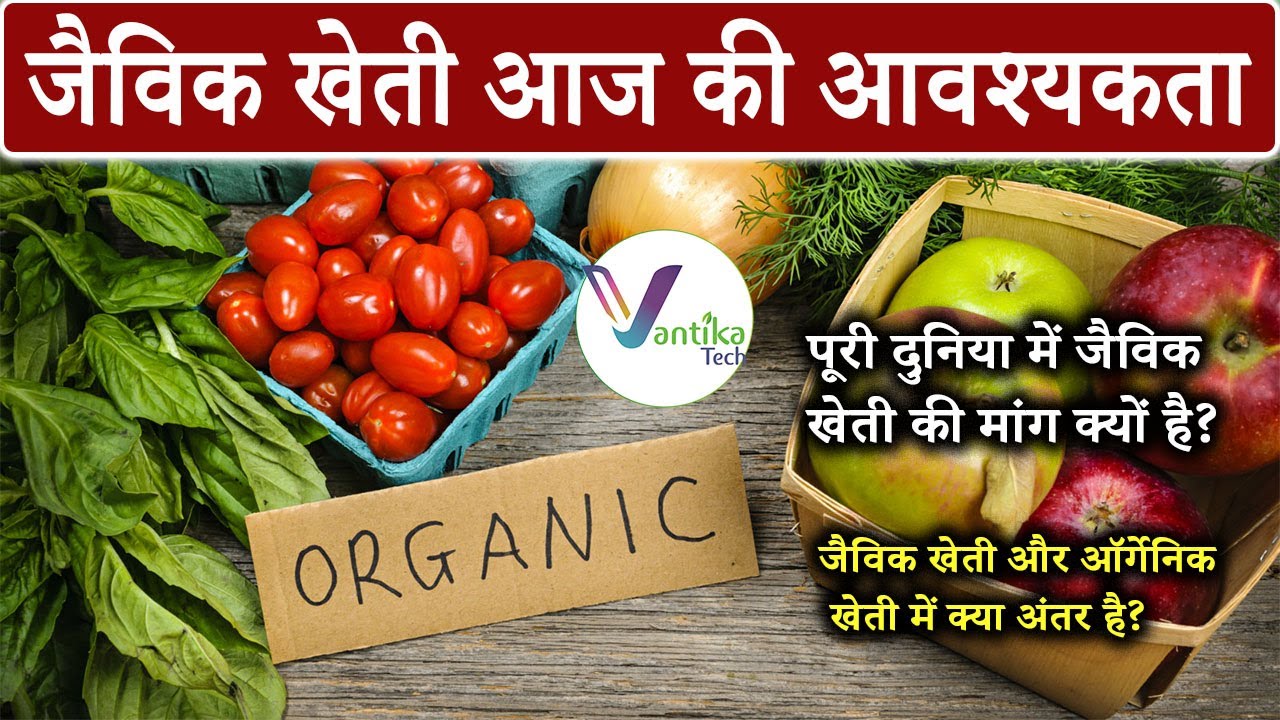Understanding Farm Hazards:
Farming involves various potential hazards, such as heavy machinery, livestock, chemicals, and uneven terrain. It is essential to identify and understand these hazards to effectively mitigate risks. Conducting a thorough assessment of the farm can help identify potential danger zones and implement appropriate safety measures.
Farm Safety Guidelines:
a. Personal Protective Equipment (PPE): Ensuring that workers have access to and consistently wear appropriate PPE, such as helmets, gloves, goggles, and steel-toe boots, can significantly reduce the risk of injuries.
b. Machinery Safety: Regular maintenance, proper training, and following safety protocols when operating machinery are crucial to prevent accidents. Implementing safety features like roll bars, seat belts, and emergency shut-off switches can enhance machinery safety.
c. Handling Livestock: Educate workers on safe handling practices for livestock, including proper restraint techniques and understanding animal behavior. This knowledge can minimize the risk of injuries and accidents.
d. Chemical Handling: Proper storage, labeling, and handling of chemicals and pesticides are essential to prevent exposure and contamination. Ensure workers are trained in safe chemical handling practices and have access to necessary safety equipment.
e. Electrical Safety: Inspect and maintain electrical systems regularly to prevent electrical hazards. Workers should be educated on electrical safety measures, such as avoiding overloading circuits and using appropriate grounding techniques.
Emergency Preparedness:
Creating an emergency action plan and conducting drills can save lives in critical situations. Establish clear communication channels, assign responsibilities, and ensure everyone on the farm knows the emergency procedures. Provide first aid training to workers and keep emergency contact numbers readily available.
Regular Training and Education:
Continuous training and education on farm safety are crucial for all workers. Stay updated on the latest safety practices, regulations, and technologies related to farming. Encourage open communication, where workers can share safety concerns and suggestions to improve farm safety.
Conclusion:
Prioritizing farm safety is not just about complying with regulations; it is about protecting the lives and well-being of farm workers. By implementing comprehensive safety guidelines, providing necessary training, and fostering a safety-conscious culture, we can create a farm environment where accidents are minimized, and workers feel secure. Remember, farm safety is a shared responsibility, and together, we can make agriculture a safer industry for everyone involved.
Thanks for visiting us.
Keywords: farm safety, farm workers, accident prevention, safety guidelines, personal protective equipment, machinery safety, livestock handling, chemical handling, electrical safety, emergency preparedness, training and education, farm hazards, preventive measures.
#FarmSafety #WorkerSafety #AccidentPrevention #AgriculturalSafety #SafeFarming #FarmHazards #FarmEmergencyPreparedness








No comments:
Post a Comment